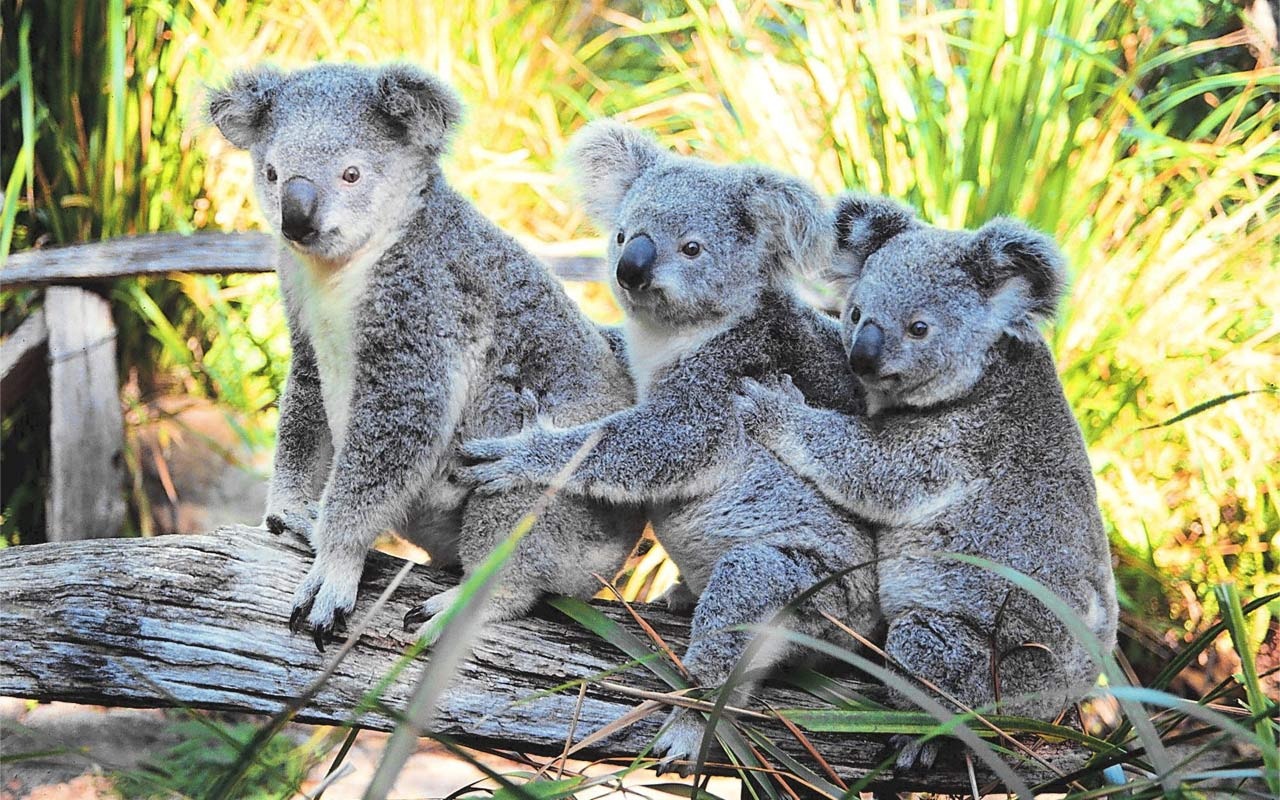While native tribes in Australia respected the Koala and its habitat, European settlers did not. Millions of Koalas were killed in the 1800s and early 1900s. While the Koala is a Protected Species in Australia, the Eucalyptus tree is not protected and as more of these trees are cut down, the numbers of Koalas are reduced. Here 7 facts about Koalas.
Koalas Are Born Only 30 Days After They Are Conceived
Koalas, like Kangaroos, are marsupials, and they have short gestation periods. This means that the babies are born relatively quickly after conception and are much less developed compared to newborns of other large mammal species. Koalas are born only 33-35 days after being conceived.
When a Koala is born it is blind and hairless. However, mother Koalas have a pouch in their body that protects the newborn as it continues to develop for another 6 or 7 months. In the pouch is the teat of the mother. The Koala starts with a diet of milk.
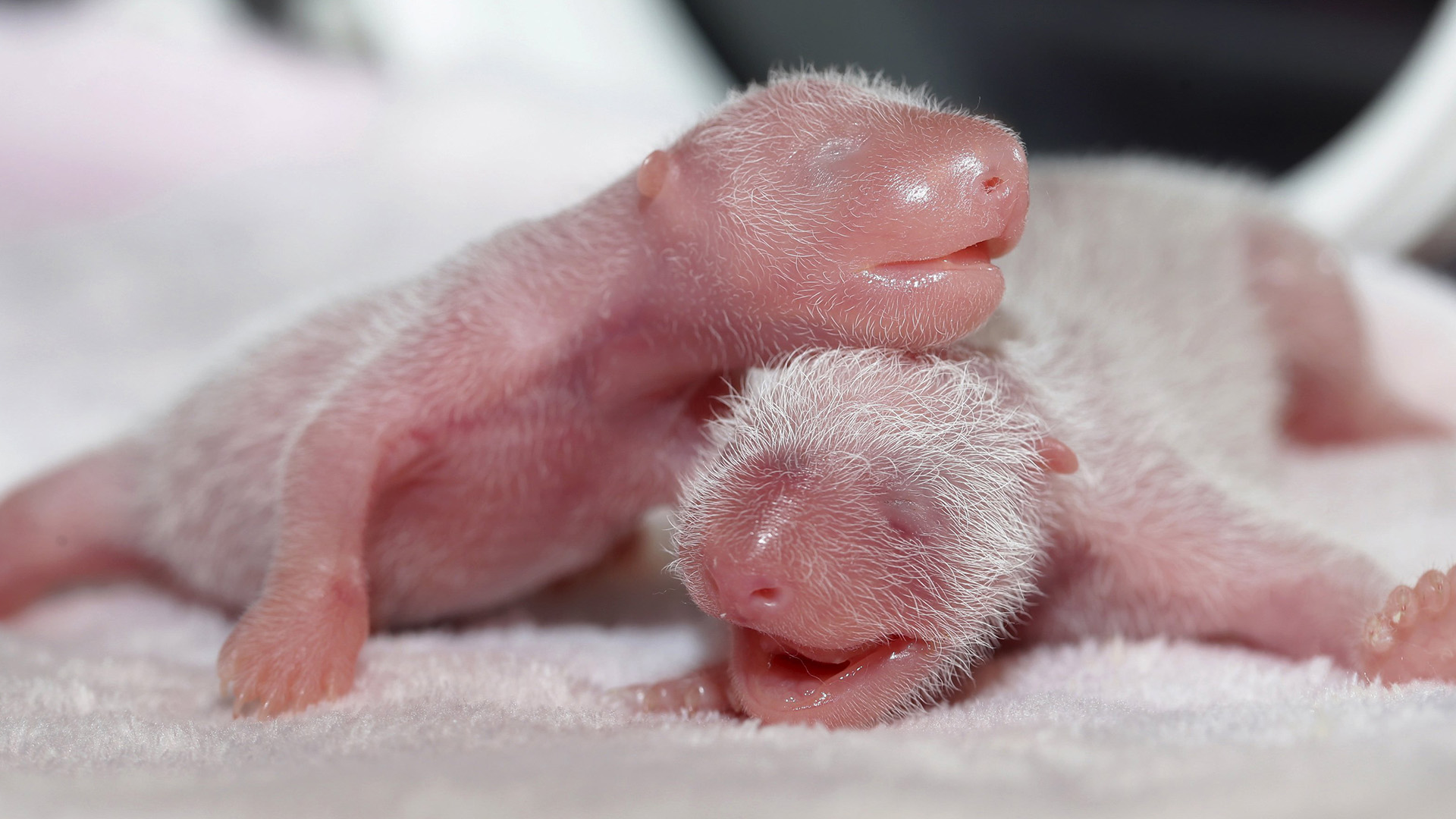
A Koala Sleep 20 Hours a Day
Wow, we thought cats really knew how to nap! Cats sleep up to 16 hours a day. Well, the Koala has got that beat. They sleep for around 20 hours a day. This is also related to its poor diet.
The Koala has adapted to expend very little energy. One of the ways it does this is by only foraging 4 hours a day. The rest of the time, the Koala is taking one big siesta. When it comes to looking for a place to nap, the Koala doesn’t look very far. Most Koalas will eat and sleep in the same tree. Perhaps this explains why Koalas are so often photographed. They’re in the same tree for over a day, and not moving very much.
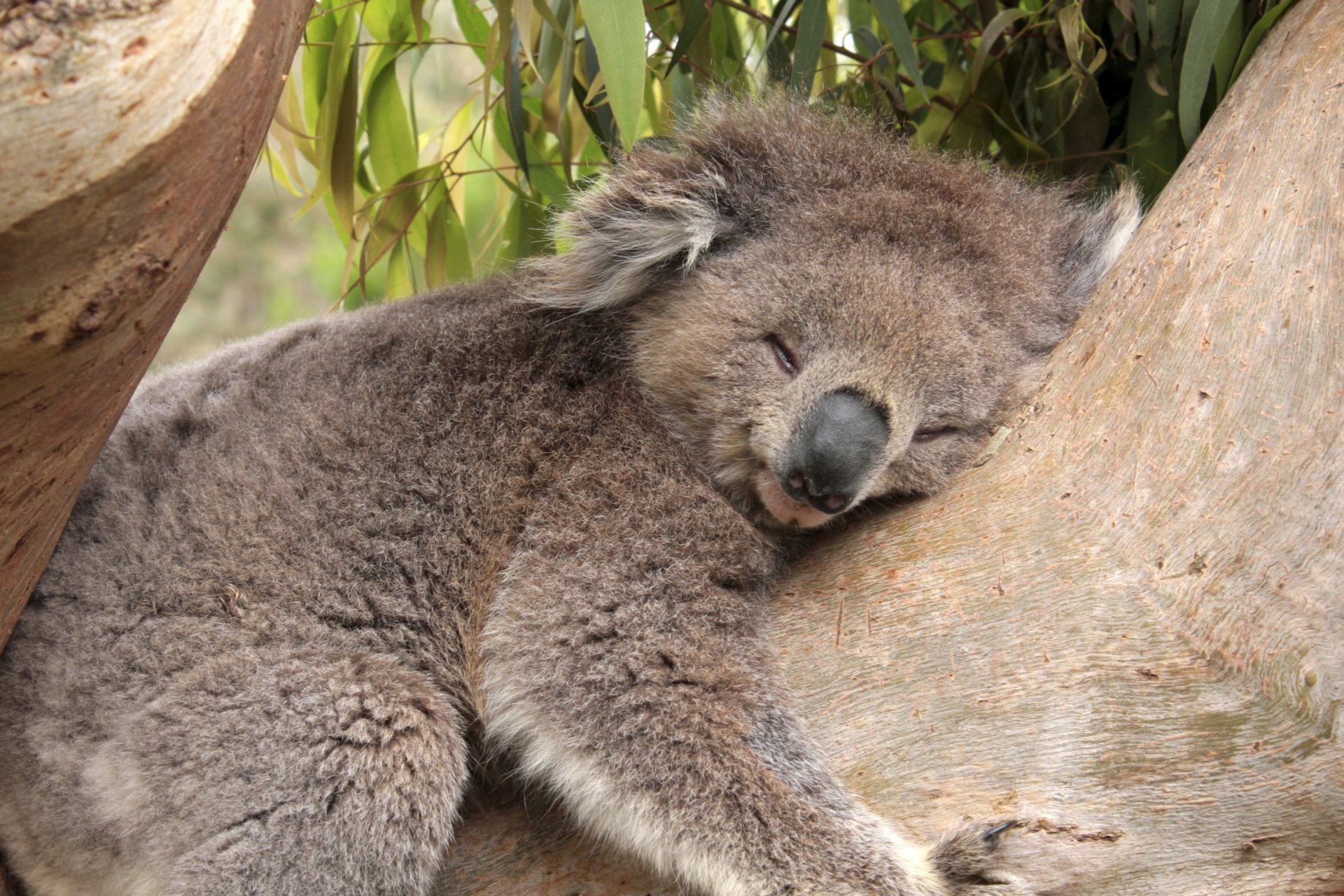
Koalas Really Love Only 30 of the 600 Varieties of Eucalyptus
While there are more than 600 varieties of Eucalyptus available in the Koala’s habitat, the animal really loves to eat roughly 30 of these species. Koalas tend to like high protein varieties of Eucalyptus. It’s a common myth that Koalas only eat Eucalyptus leaves. Koalas actually eat from a number of trees including Melaleuca and Acacia. However, the Koala’s diet is primarily made up of leaves from the Eucalyptus tree.
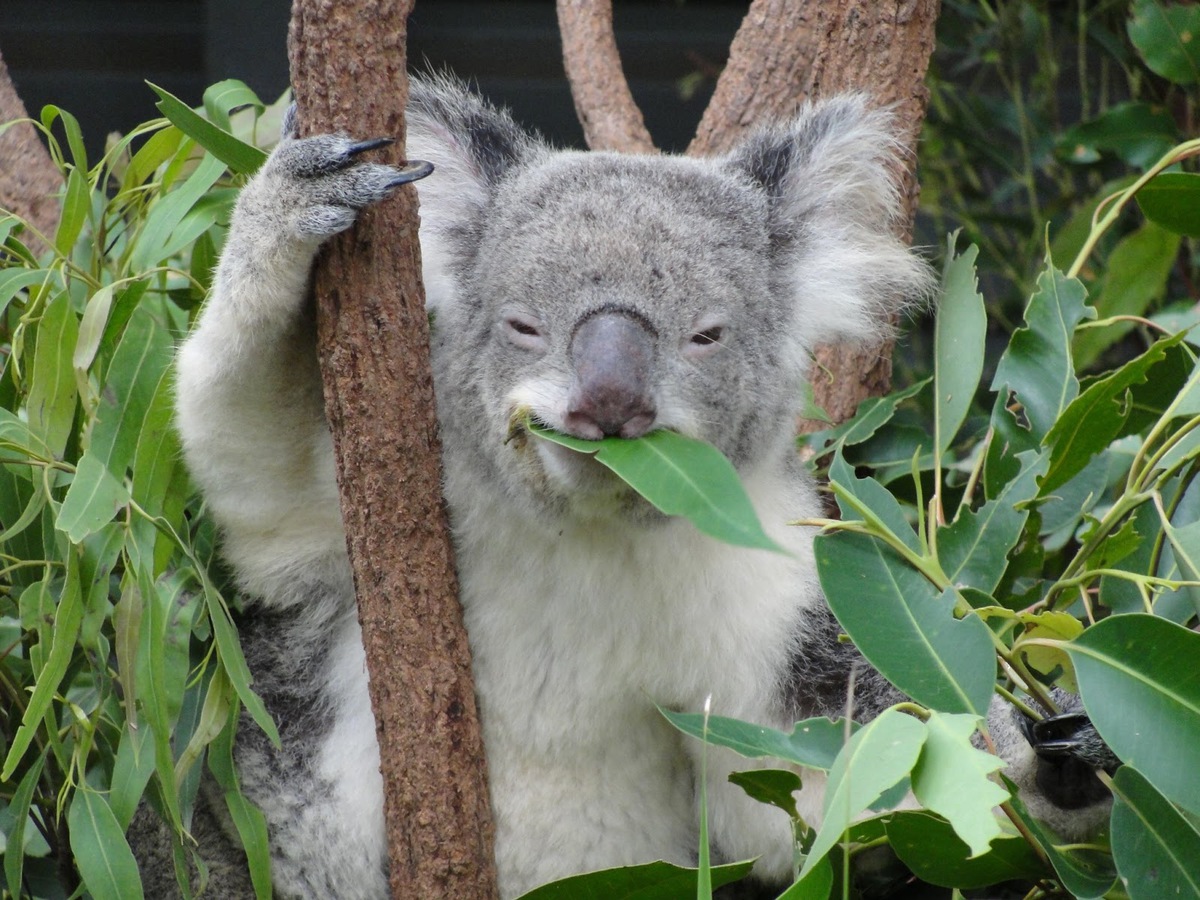
Koala-like Animals Date Back Over 25 Million Years
The Koalas we know now are very specialized herbivores who have adapted for a nutrient-poor diet in a dry environment. Koalas get most of their water from the leaves they eat, and they lead relatively inactive lives. The ancestors of Koalas may have been different. It’s approximated that the Australian continent separated from Antarctica 45 million years ago. At 25 million years ago, Koala-like animals began to emerge on the continent.
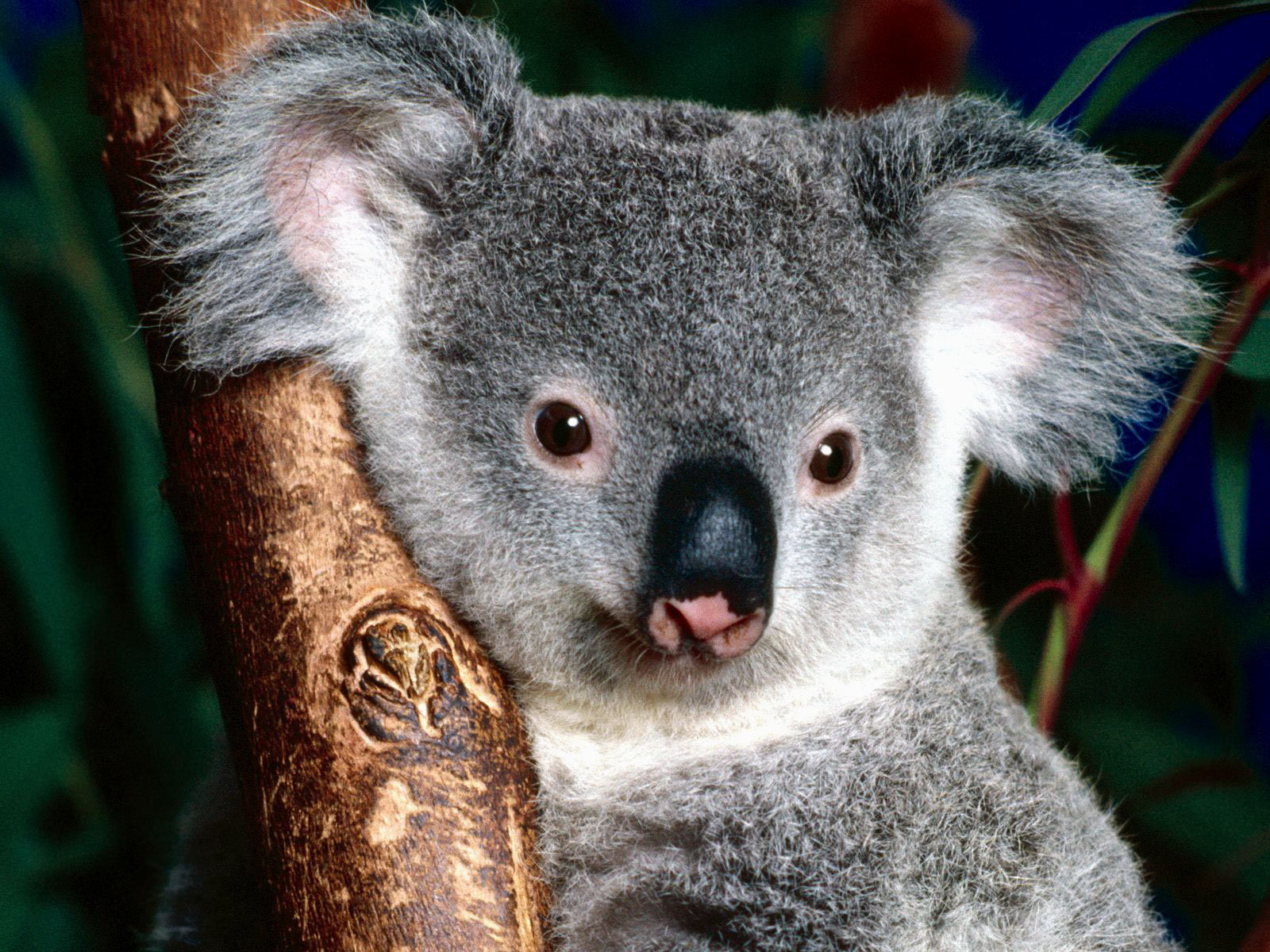
Koalas Have 2 Opposable Thumbs
Koalas are specially adapted for life in the trees. While not technically classified as thumbs, koalas do have two opposable digits on their hand. Their remaining three fingers are on the other side, giving them a total of five digits in their claws, just like a human hand. Having two thumbs gives you a good grip on a tree! There are additional traits of the koala that make it especially adept at climbing. The animals have a short muscular body with longer upper limbs to help them climb.
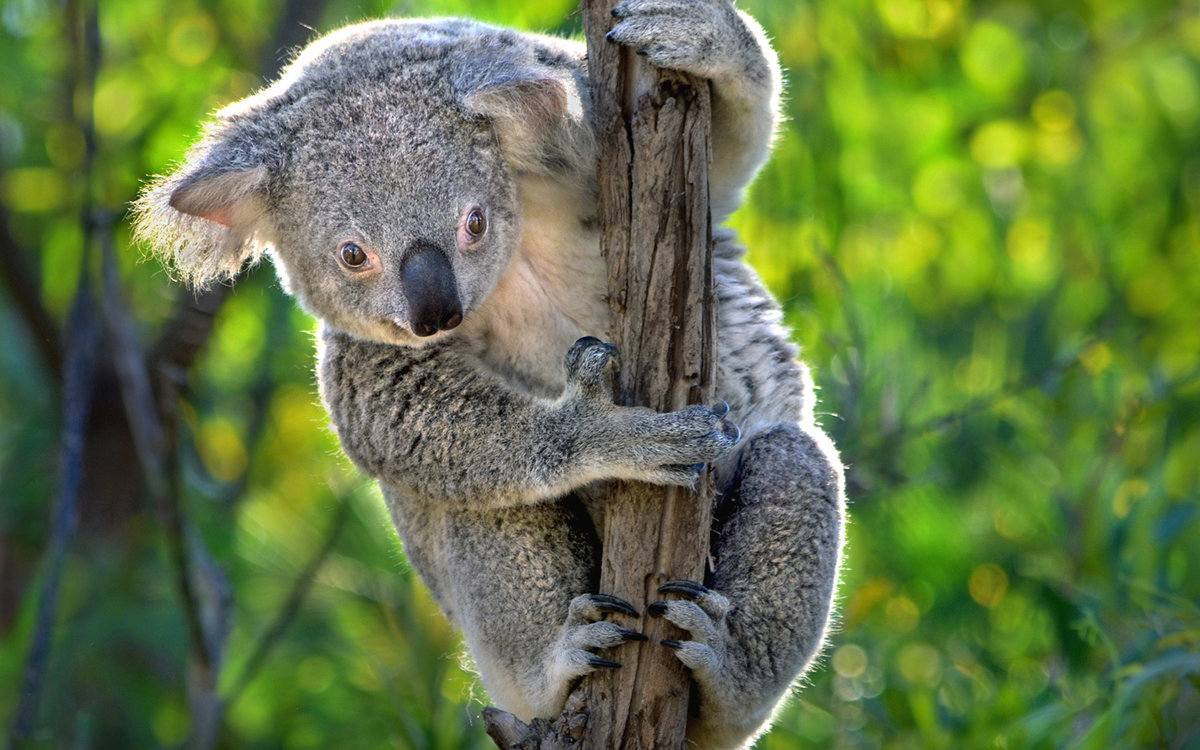
Koalas Can Hold Food in Their Belly for Over 8 Days
Koalas eat a diet primarily of eucalyptus leaves. To get more energy out of this diet, the Koala ferments part of what it eats in its gut. Koalas don’t ferment eucalyptus leaves in their stomachs. Instead, the fermentation occurs in the organs after the small intestine in the digestive process, the large intestine, and the cecum that connects the large intestine to the colon.

Koalas communicate with each other through noises
Koalas exhibit a range of noises. They are best known for their rather loud snore which is followed by a belch. This delightful noise is known as a “bellow”.
